In the Garden of the Fugitives
Hamish Hamilton, $32.99 pb, 305 pp, 9781926428598
In the Garden of the Fugitives by Ceridwen Dovey
I was never brave enough to visit Pompeii, partly due to an overactive imagination that combined a sense of the ferocity of Vesuvius’s blast in 79 CE and the volcano’s ongoing muttering with thoughts of the city’s Roman residents, cauterised in the eruption: outstretched hands; a dog expiring mid-roll; a mother and her child.
The shapes that people Pompeii are not strictly bodies. They are casts made by pouring plaster into the negative space left after skin and flesh and organs decomposed inside the ash and pyroclastic muck of the explosion. They are statues – constructions, rather than artefacts. I learned this while reading Ceridwen Dovey’s rich and ambitious new novel, In the Garden of the Fugitives. Pompeii anchors half of the book’s story through the character of Kitty Lushington, a vivacious archaeology student whose attention moves from the remnants of its dead world – casts and murals; all the rubble – to the ancient gardens of the place; the living, instead of the dead.
Continue reading for only $10 per month. Subscribe and gain full access to Australian Book Review. Already a subscriber? Sign in. If you need assistance, feel free to contact us.



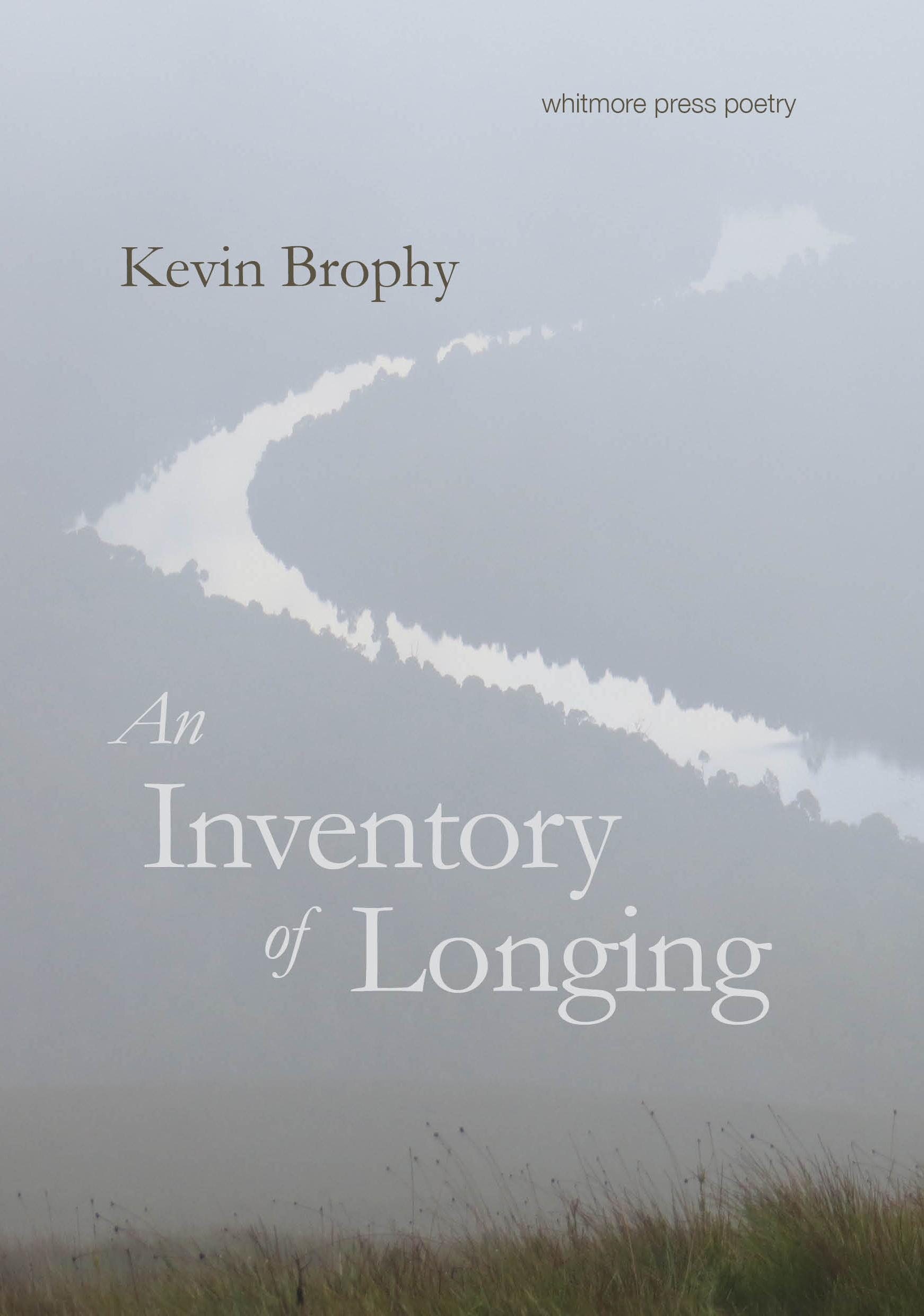
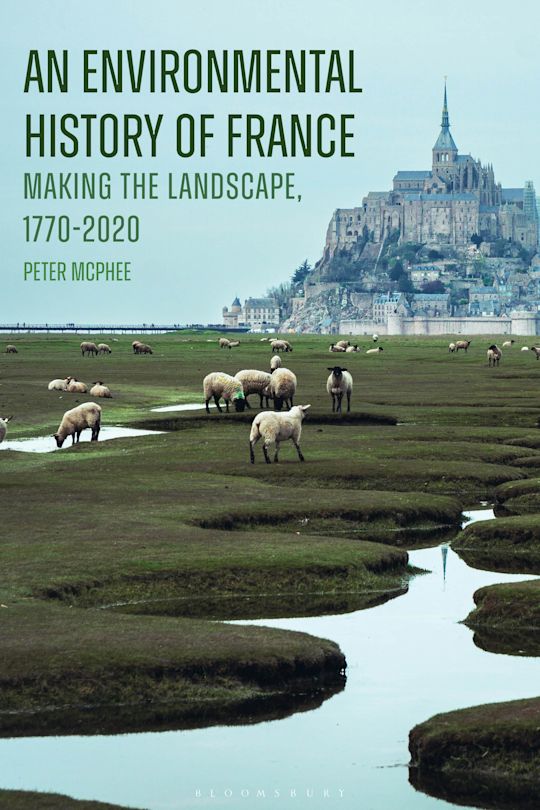
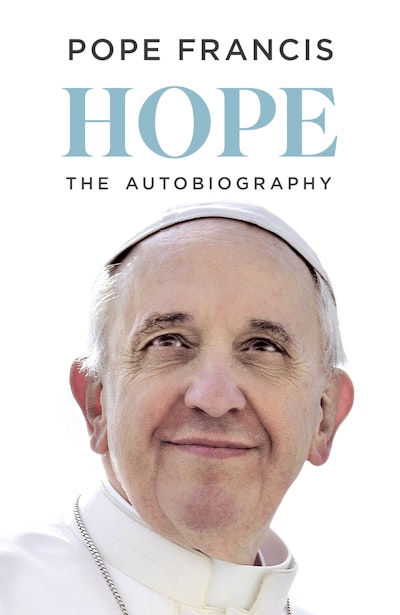

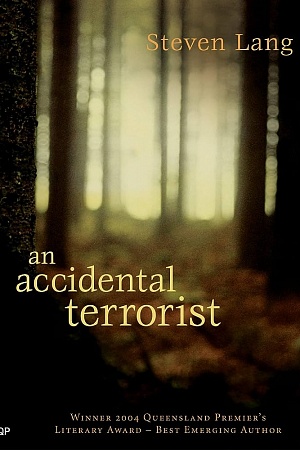

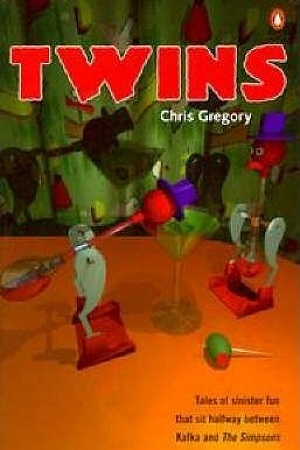





Leave a comment
If you are an ABR subscriber, you will need to sign in to post a comment.
If you have forgotten your sign in details, or if you receive an error message when trying to submit your comment, please email your comment (and the name of the article to which it relates) to ABR Comments. We will review your comment and, subject to approval, we will post it under your name.
Please note that all comments must be approved by ABR and comply with our Terms & Conditions.